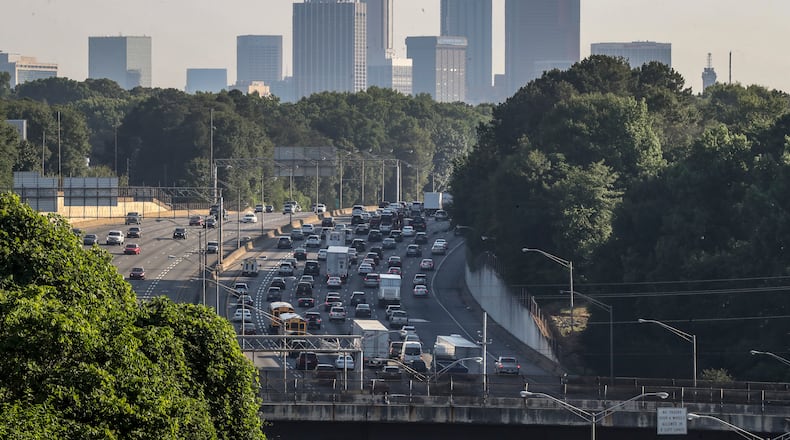As the Georgia General Assembly will conclude this legislative session on Wednesday, there are two bills in consideration that will greatly affect our community. As the president of Tucker Summit Community Improvement District and executive director of Gateway85 Community Improvement District, I am heavily invested in both HB617 and SB146 and what impact those bills will have on the future of transportation through our corridors.
House Bill 617 would amend Title 32 of the Official Code of Georgia Annotated (OCGA) and would provide programming and funding for our highways and bridges. The specifics include codifying a statewide freight and logistics implementation plan, requiring the Georgia Department of Transportation (GDOT) to report on the plan to the Georgia General Assembly annually and creating a Georgia Freight 2050 Program allowing the House to establish goalposts in envisioning the future. The Georgia Freight 2050 Program would include a system of safety improvements, operation and maintenance of the transportation system, intermodal or multimodal connectivity improvements, capacity enhancement projects and more.
Credit: contributed
Credit: contributed
Essentially, HB 617 would mean more funding for a greater freight and logistics plan that would vastly improve our roads and corridors. As anyone living in metro Atlanta knows, traffic has evolved past the two-hour morning and afternoon rush hour windows and the “reverse commute” no longer exists.
Congestion on the roads is a huge issue that not only affects drivers trying to get to work but also impacts commerce as businesses need to receive supplies and ship out products in a timely manner. Not to mention the effect the sheer volume of small to large vehicles on the roads simultaneously has on driver safety.
While the House has yet to vote on HB617, the House Committee has a favorable report by a substitute and will be placed on the calendar for review.
Now, Senate Bill 146, which is a bill to amend Article 2 of Title 46 and Chapter 1 of Title 10 of the OCGA to provide regulation and provisions for the use of electric vehicles, was a companion bill to HB406 and voted through the Senate on Crossover Day on March 6 (51-1) and is currently being reviewed by the governor.
By permitting the sale of EV charging stations by the kilowatt-hour, then empowering the Georgia Department of Agriculture to oversee inspections of the EV charging structures and authorizing the state to collect a motor fuel tax equivalent on public charging stations not only provides options for alternative fuel sources but also provides additional funding for our infrastructure.
While sustainable fuel options and minimizing our carbon footprint are of great importance for generations to come, securing funding to improve our roads now is a more immediate result we can achieve and see in our lifetime.
To summarize, both HB617 and SB146 mean funding to enhance our thoroughfares, which in turn means safer road conditions, less traffic and improved commerce. I implore that you contact your local representatives and Gov. Brian Kemp in support of both these bills so that they may be signed into legislation.
This is the road to a greater future.
About the Author
Keep Reading
The Latest
Featured



